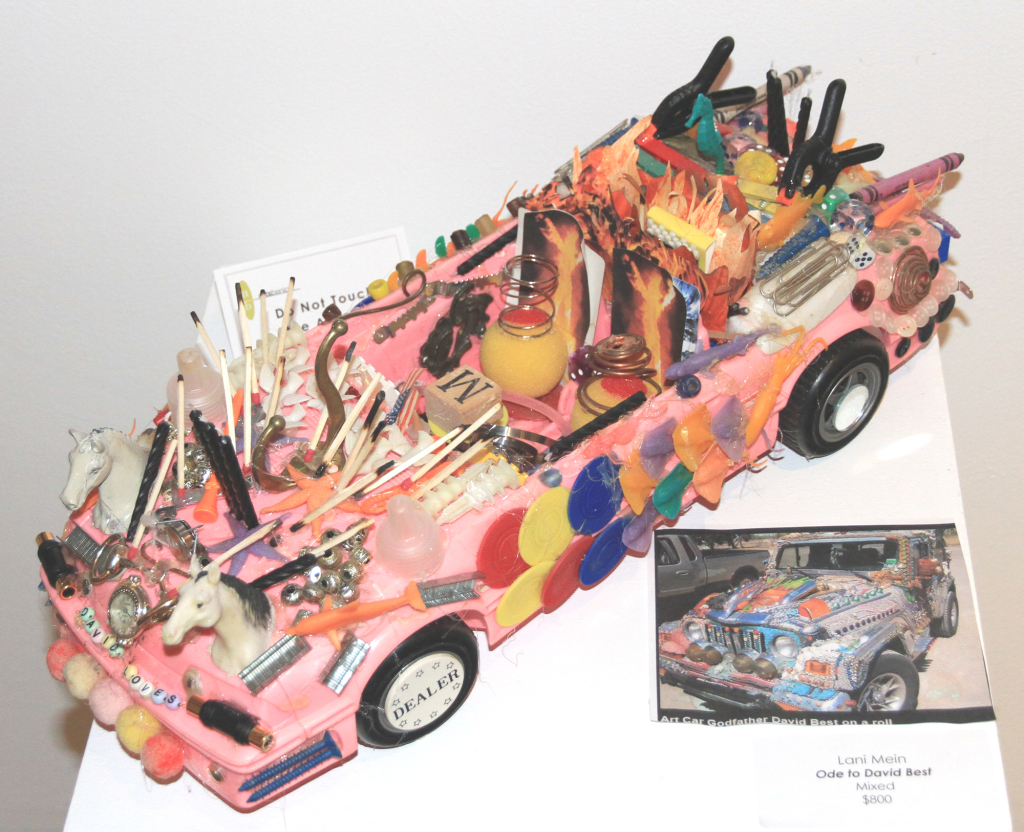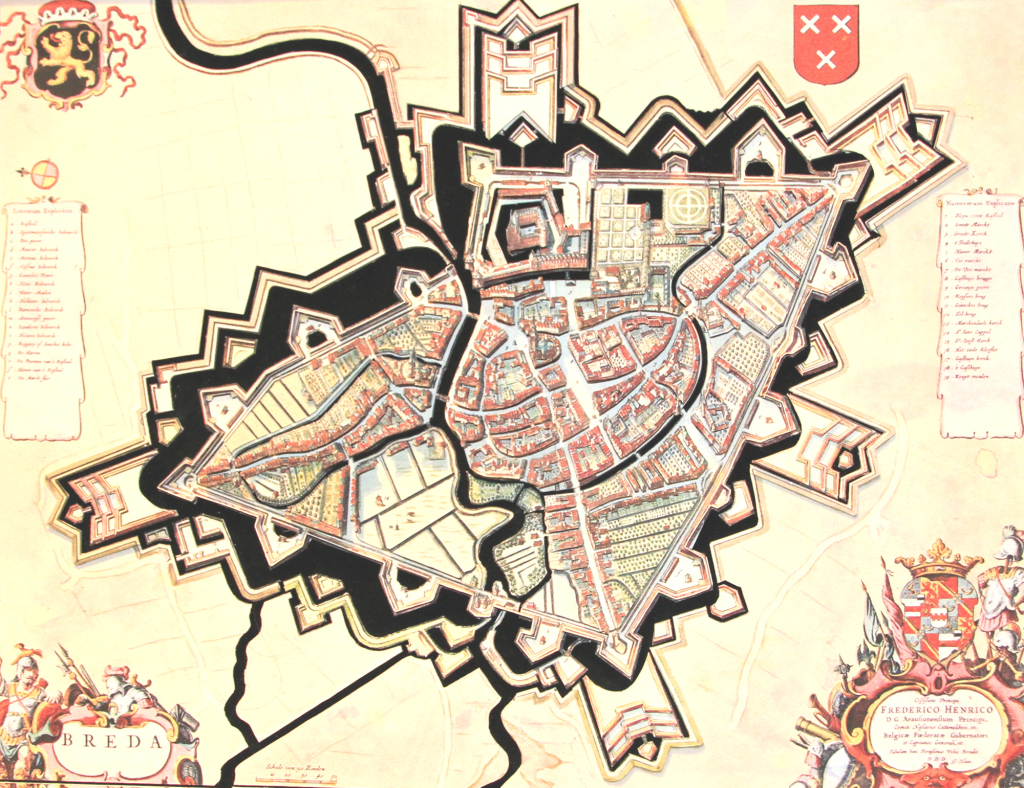Annual Arts Benicia exhibit features nearly 200 works
One hundred and ninety-six pieces, contributed by 146 artists, have filled the walls and floor space at Arts Benicia, marking the 21st year of one of the nonprofit’s most important annual exhibitions, The Art of a Community.“This year we have six new artist members exhibiting, which is very exciting,” said Mary Shaw, program coordinator. While many of the artists are local, others hail from as far away as Napa, Sacramento, Antioch, Livermore and San Ramon.
Some of the pieces are from member artists who have contributed to the exhibit for 21 years, Shaw said. After all, Arts Benicia has almost 470 members, and of those, 383 are artists.
But the trends in art change over the years, and this year’s exhibit, like each year’s, is unique, featuring more three-dimensional work: ceramic, mixed media and collage.
Installing a show this large takes a lot of time, and a lot of people, and Arts Benicia had help in the form of volunteers, Shaw said.
And while the styles of art on display are as varied as the artists who call themselves Arts Benicia members, the layout is well integrated, put together by Shaw and Arts Benicia’s executive director Larnie Fox.“Exhibition design is an organic process that takes several days to accomplish,” Shaw said. “(Fox) worked on it for a few days and then I worked on it for a few days.
”We had 25 volunteers show up to help us install the exhibit over the span of three days. They helped with so many aspects of the exhibition, from helping to hang the work, painting pedestals, making wall tags, to wrestling with the massive amount of paperwork. Regardless of the specifics, or the quantity of work that they do, I am very grateful for every single volunteer we have.”
Shaw paid particular praise to Claudia Elkin, Toby Tover and Jack Weaver, who volunteered “above and beyond.”
“Claudia worked about eight hours with our intern Leslie Rainwater, calling artists to remind them to send in their artist statements. Jack was instrumental in hanging difficult work, and Toby worked for two days on almost 200 wall tags.
“Arts Benicia could not put on an exhibition the size of The Art of a Community without (the volunteers). Arts Benicia would not exist without them,” Shaw said.
The Art of a Community opened Thursday and will run through March 8. An opening reception is Saturday. There is something special planned, Shaw said, but she has been sworn to secrecy.
“You will just have to attend the reception to find out what that’s about,” she said.
If You Go
An opening reception for Art of a Community is 7-9 p.m. Saturday; Family Art Day is Feb. 22 from 1-3 p.m. Arts Benicia is located at 991 Tyler St., #114.








I started life in the East coast. I majored in art and theater in college. I went to New York and studied in a theater school there and later with a New York design school. I spent several years in theatre and summer stock. Then I ended up with a top Interior design company “Yale Burge Interiors” I worked for another design company in Washington D.C.
When I moved to San Francisco I joined Val Arnold Design Associates; later I had my own design business. I had an art gallery on Union Street in San Francisco in the ‘70’s and an art gallery in Emeryville I 1989. Thank goodness for the Earthquake. I was losing money on a gallery showing “unknown artists” and the earthquake gave me an excuse to close. Then I went into the Corporate Event Planning business.
I started the first Ecology Center in San Francisco in 1979. I was on the board of the San Francisco Museum of Modern Art for over 25 years and the board at the San Francisco Art Institute for over 15 years.
I was the cover editor for a San Francisco Magazine, “The Nob Hill Gazette” which was a monthly magazine. And we featured Northern California Artists on the Cover.
. San Francisco in the ‘70’s and 80’ was all about volunteering for some amazing fund raising events like the “Black and White Ball” for the Symphony, The “Elegant Celebration of Christmas” for ACT which was wonderful table settings staged all over the SF Design Center.
The most exciting event was the Artist Soap Box Derby put on by SFMA. All the artists created ‘cars’ (cars with no motors) that rolled down a big hill in a major park. These artist designed soapboxes were wildly unique. There was a 12 foot pencil, a 10’ tennis shoe, edible cars made of Bread; one that looked like a rolling Polaroid camera that spat out pictures as it rolled. The San Francisco Museum’s soap box derby was the wildest art event I have ever known.
David Best had the most outrageous soapbox of all. It was the body of a real car from the fifties, the kind with giant fins, and almost twice the length of cars today.. It was covered with all sorts of crazy things including his mother’s living room lamps just over the rear fins, a moose head on the front ,china plates, tennis shoes you name it. That started “the Gluers Museum” in San Rafael, and the car was much copied. I studied ceramics with David early in 1970, He was a teacher at SFAI and he started “Burning Man, in the 80’s
My pink car is my Ode to David Best
I have always done 3 dimensional collages. Recently I have started a series of “ODE TO” Odes to artists that have trilled me taught, me inspired me, engaged me, amused me or made me think!.
Jim Dine is an east coast artist from the mid 60’s. His art was about finding art in everyday things. At the same time Andy Warhol was doing Campbell Soup prints, Dine was doing tools, Bathrobes Hearts. Back then, hearts were more unusual subjects than they are these days. Not as off the wall as soup cans, but unusual.
I want to continue this series ‘honoring’ artist I admire. Next will be Robert Hudson, who in my mind is the most amazing colorist, to be followed (somehow) by Benicia’ own Robert Arneson, who is my idea of the most amazing portrait artist in every medium in this world. And if I have the nerve I might finish with Edward Kienholz
XX00
Lani Mein
Thank you for the great Cover and the story. Bravo Benica